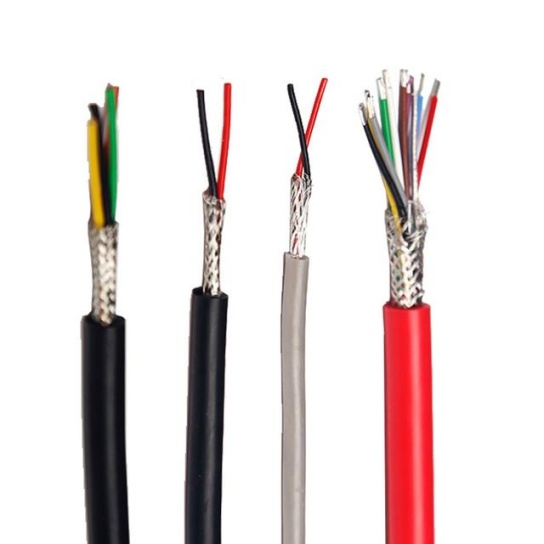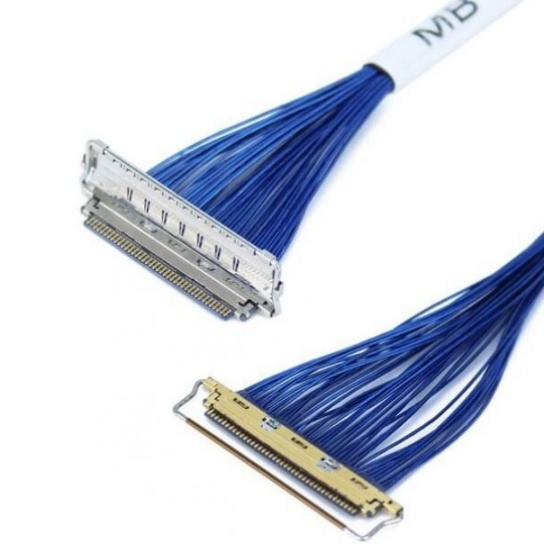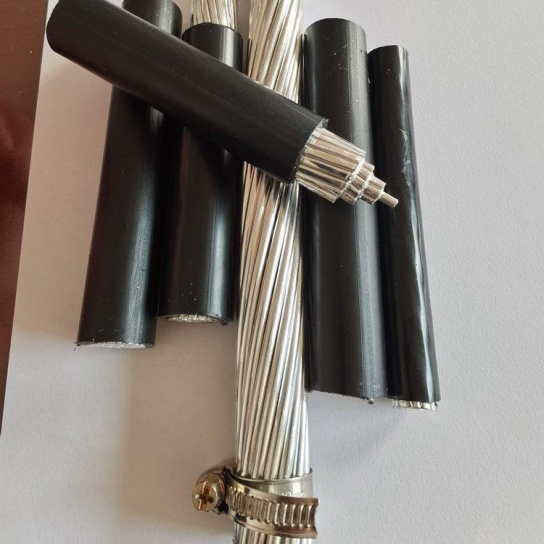Aviation Cable in Aircraft Control Systems: Essential Knowledge for Safety & Reliability
Aviation cable isn’t just wire rope. It’s a critical lifeline within your aircraft’s control system, physically connecting the pilot’s inputs (yoke, pedals) to the control surfaces (ailerons, elevator, rudder, flaps). Its failure can lead to catastrophic loss of control. Understanding its function, maintenance, and potential issues is non-negotiable for safety and airworthiness.
Structure & Function: Why It’s Different
- Material & Construction: Primarily made from high-strength, corrosion-resistant steel wires (e.g., carbon or stainless steel), woven into specific patterns like 7×7 (7 strands of 7 wires) or 7×19 (7 strands of 19 wires). This provides the ideal balance of flexibility and tensile strength needed for precise control movements and handling operational loads. It is NOT generic hardware store cable.
- Protective Coatings: Often galvanized or coated with zinc, tin, or specialized polymers to resist corrosion from moisture, salt, and chemicals encountered in flight.
- Terminations: Cables end in vital fittings like Nicopress swages (compression sleeves), thimbles (to protect looped ends), or turnbuckle assemblies (for precise tension adjustment). The integrity of these terminations is paramount.
- Routing: Runs through pulleys, guides, and fairleads, navigating the complex structure of the aircraft fuselage and wings to reach the control surfaces.
The Backbone of Manual Control: When you move the yoke or push a rudder pedal, that force travels via these cables, pulleys, and linkages to deflect the relevant control surface. A slack, frayed, or corroded cable means delayed, imprecise, or lost control input.
Critical Maintenance & Inspection (Your Action Plan)
Rigorous and regular inspection is the primary defense against cable failure. Always refer to your specific aircraft’s maintenance manual (MM) for exact procedures, intervals, and wear limits. Here’s what to consistently check:
- Visual Inspection (During Every Pre-Flight & Routine Maintenance):
- Fraying/Broken Wires: Examine the entire cable run meticulously. Look for individual wires sticking out (“fishhooks”). Critical: Replace immediately if broken wires exceed the manufacturer’s limit (often just 1-2 broken wires within a short span, or any significant cluster). A common benchmark is significant wear (e.g., >10% diameter reduction) or more than 4-6 broken wires within 3 inches – but ALWAYS defer to your specific MM!
- Corrosion: Look for rust, discoloration, pitting, or sticky residue. Light corrosion might be cleaned with a fine abrasive cloth and approved preservative (consult MM). Severe corrosion requires replacement. Check inside cable housing ends closely.
- Kinks, Dents, or Birdcaging: Any severe deformation (sharp bend, crushing) or a section where wires bulge out from the core (“birdcaging”) compromises strength – replace immediately.
- Terminations (Swages, Thimbles, Turnbuckles): Inspect for cracks, deformation, corrosion, or looseness. Nicopress sleeves must be correctly sized, positioned, and show no signs of slippage or cracking. Check turnbuckles are safetied correctly.
- Tension Check:
- Use the correct tension measuring tool (tensiometer) as specified in the MM.
- Measure cable tension at the points specified in the manual (temperature affects tension!).
- Adjust using turnbuckles only per the manual’s procedures. Ensure turnbuckles are tightened correctly and safetied after adjustment.
- Incorrect tension causes sluggish control response (too loose) or excessive wear/strain on cables and pulleys (too tight).
- Pulley & Fairlead Inspection:
- Examine every pulley the cable runs over. Look for wear grooves, roughness, chips, cracks, or seized bearings. Pulleys must rotate freely.
- Check fairleads (guides) for smoothness and alignment. Any sharp edges or misalignment causes accelerated cable wear.
- Replace damaged components immediately.
- Lubrication (Use ONLY Approved Products):
- Apply a thin film of specific aircraft cable lubricant as directed by the MM (frequency varies).
- Lubricant reduces friction, minimizes internal wear, and provides additional corrosion protection. Never use grease – it attracts dirt and causes abrasion. Wrong lubricants can degrade coatings.
Common Cable-Related Problems & Solutions
- Problem: Sluggish or “spongy” controls.
- Likely Cause: Low cable tension or excessive friction (seized pulley, improper lubrication).
- Solution: Check tension (adjust if low), inspect/lubricate pulleys/fairleads per MM.
- Problem: Visible broken wires, significant corrosion, kinks.
- Solution: Replace the cable assembly immediately according to MM procedures.
- Problem: Controls feel stiff or bind.
- Likely Cause: Excessive cable tension, seized pulleys, misrouted cable, water/mud ingress freezing in cold weather.
- Solution: Check/adjust tension, inspect/service pulleys, verify routing, ensure drainage points are clear.
- Problem: Corrosion found.
- Solution: Clean lightly if permitted by MM using approved methods/products. Monitor closely. Replace if pitting, heavy rust, or embedded corrosion exists.
Key Safety & Maintenance Imperatives
- RTFM: Your Manufacturer’s Maintenance Manual is LAW. It dictates inspection intervals, criteria, tension specs, lubrication types, replacement procedures, and allowable damage.
- Look EVERYWHERE: Don’t just inspect easy-to-reach sections. Access panels exist for a reason – inspect the full run. Pay special attention to points near terminations and where cables contact pulleys/guides.
- Stay Proactive: Don’t wait for obvious problems. Schedule inspections rigorously.
- Training: Cable maintenance (especially tensioning and swaging) requires specific knowledge and tools. Use appropriately trained personnel.
- Correct Lubrication: Using the wrong product can be worse than no lubrication. Verify suitability with the MM.
- Safety First: Always disconnect or secure control systems appropriately before performing tension adjustments or cable work to prevent accidental control surface movement.
Conclusion
Aviation cable is the fundamental link translating pilot command into controlled flight. Its reliability hinges on meticulous inspection, correct tensioning, proper lubrication, and timely replacement. There is zero room for complacency or shortcuts. By adhering strictly to the aircraft manufacturer’s maintenance procedures and developing a sharp eye for cable condition, you directly contribute to the safe and predictable operation of the aircraft.






